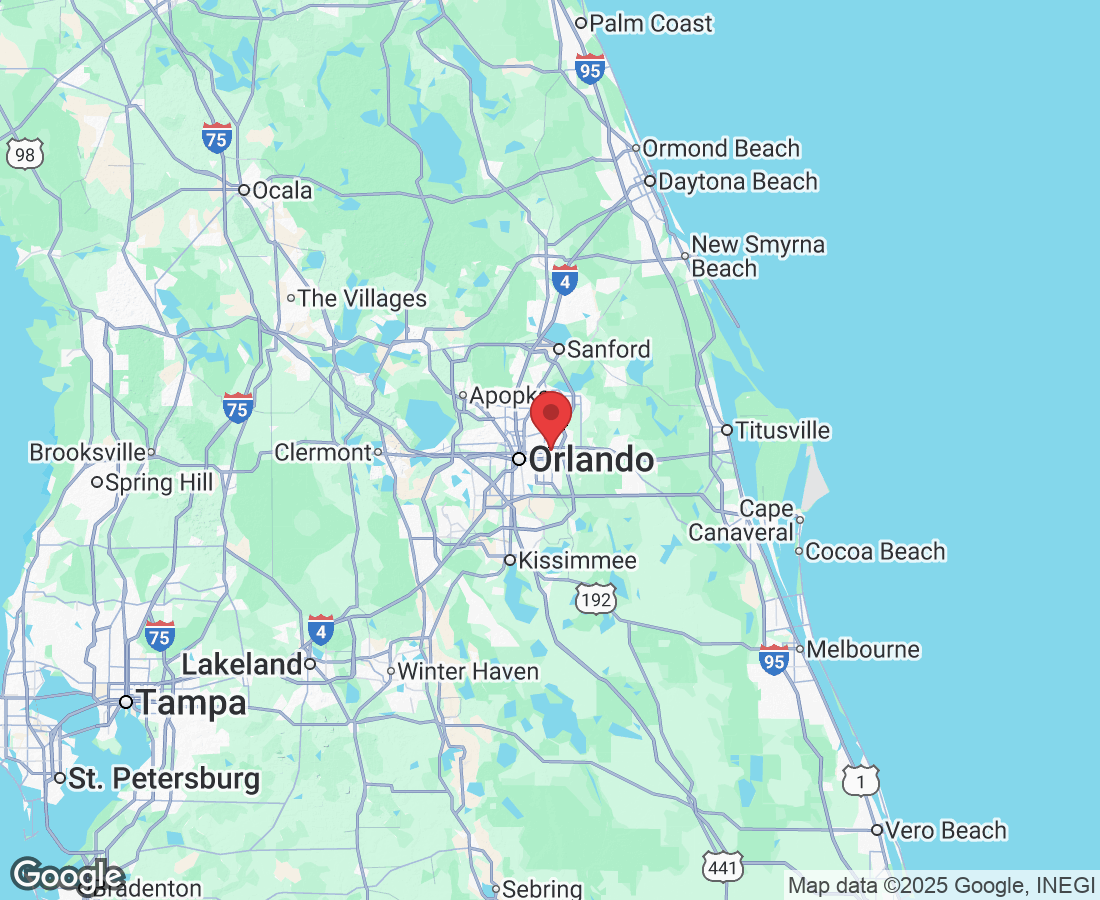Text or Call Us Today:
Blog
Our Mission
Shines Through Our Stories
Your go-to source for inspiration, information, and innovation in the world of solar solutions.

How Many Solar Panels Can Fit on My Roof? A Comprehensive Guide for Florida Homeowners
Did you know that the average home roof in the U.S. has the potential to generate enough solar energy to power almost two homes? That's right—your roof could be a powerhouse of renewable energy, significantly reducing your electricity bills and carbon footprint.
But how many solar panels can you actually fit on your roof? This is a crucial question when planning your transition to solar energy, as it directly affects the system's capacity and your long-term savings. In this guide, we'll explore everything you need to know about determining the number of solar panels your roof can accommodate, focusing on the unique factors that affect installations in Florida.
Understanding Your Roof's Solar Potential
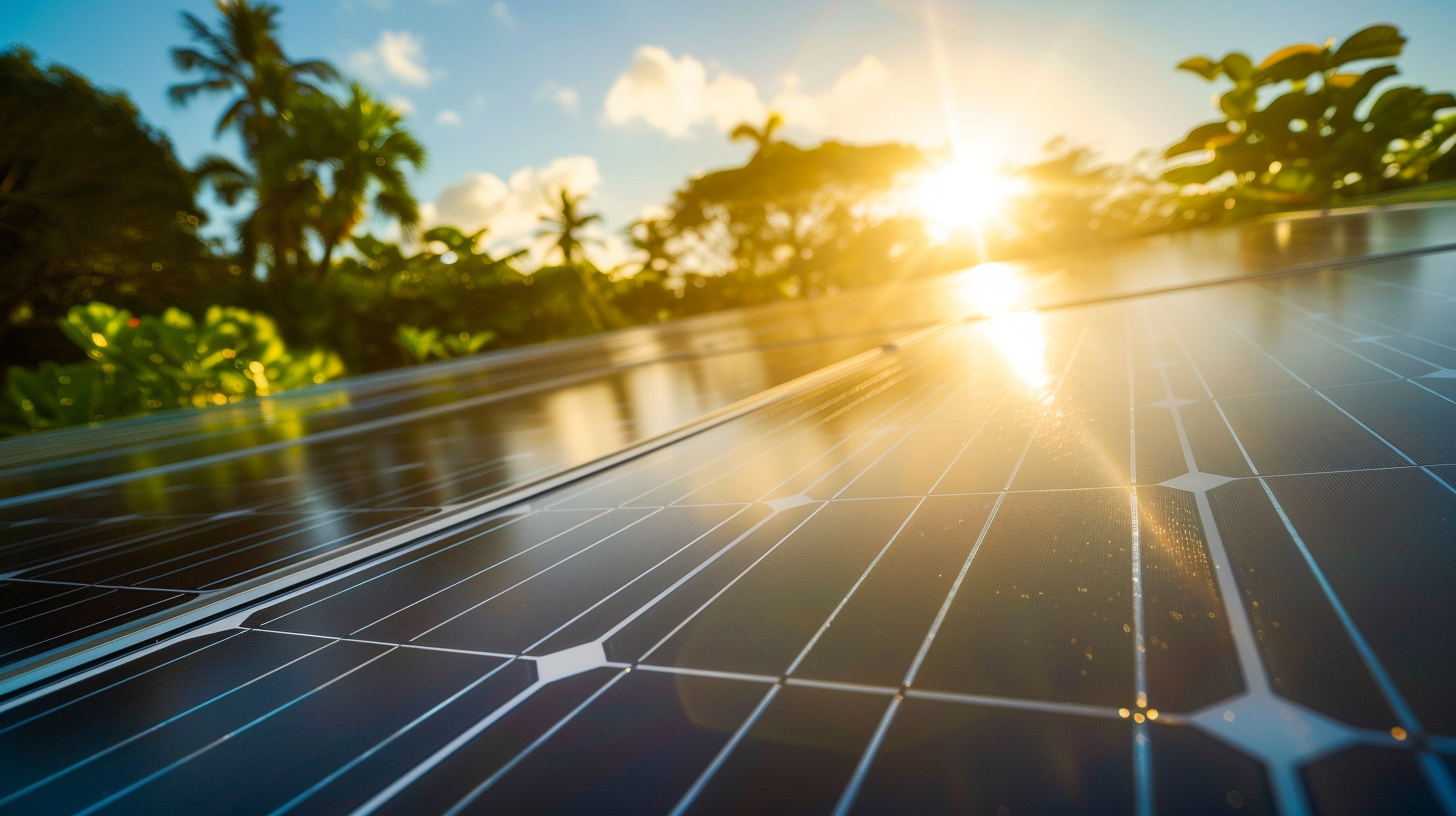
Roof Size and Shape
The overall size of your roof is the most significant factor. Larger roofs can accommodate more panels, while smaller or more complex roof shapes may limit panel placement. For a standard Florida home, the available roof space after accounting for vents, chimneys, and other obstructions typically allows for about 18-22 panels per 1,000 square feet.
Roof Orientation and Tilt
In Florida, the ideal roof orientation is south-facing, which maximizes exposure to the sun throughout the day. East and west-facing roofs can also be effective but may require additional panels to achieve the same energy output. The tilt of your roof also plays a role; a tilt angle between 15-30 degrees is ideal in Florida for optimal solar energy production.
Shading and Obstructions
Shading from trees, neighboring buildings, or other obstructions can significantly impact your roof's solar potential. It's crucial to conduct a shading analysis to determine the best placement for your panels. In some cases, trimming trees or choosing higher-efficiency panels can help mitigate shading issues.
Local Building Codes and HOA Restrictions
Florida's building codes and Homeowners Association (HOA) regulations may affect where and how you can install solar panels. Always check local guidelines to ensure your installation is compliant. Some areas may have restrictions on panel placement or require specific permits.
Calculating the Number of Solar Panels for Your Roof
Once you've assessed your roof's potential, the next step is to calculate how many panels can fit. Here's a basic formula to help you get started:
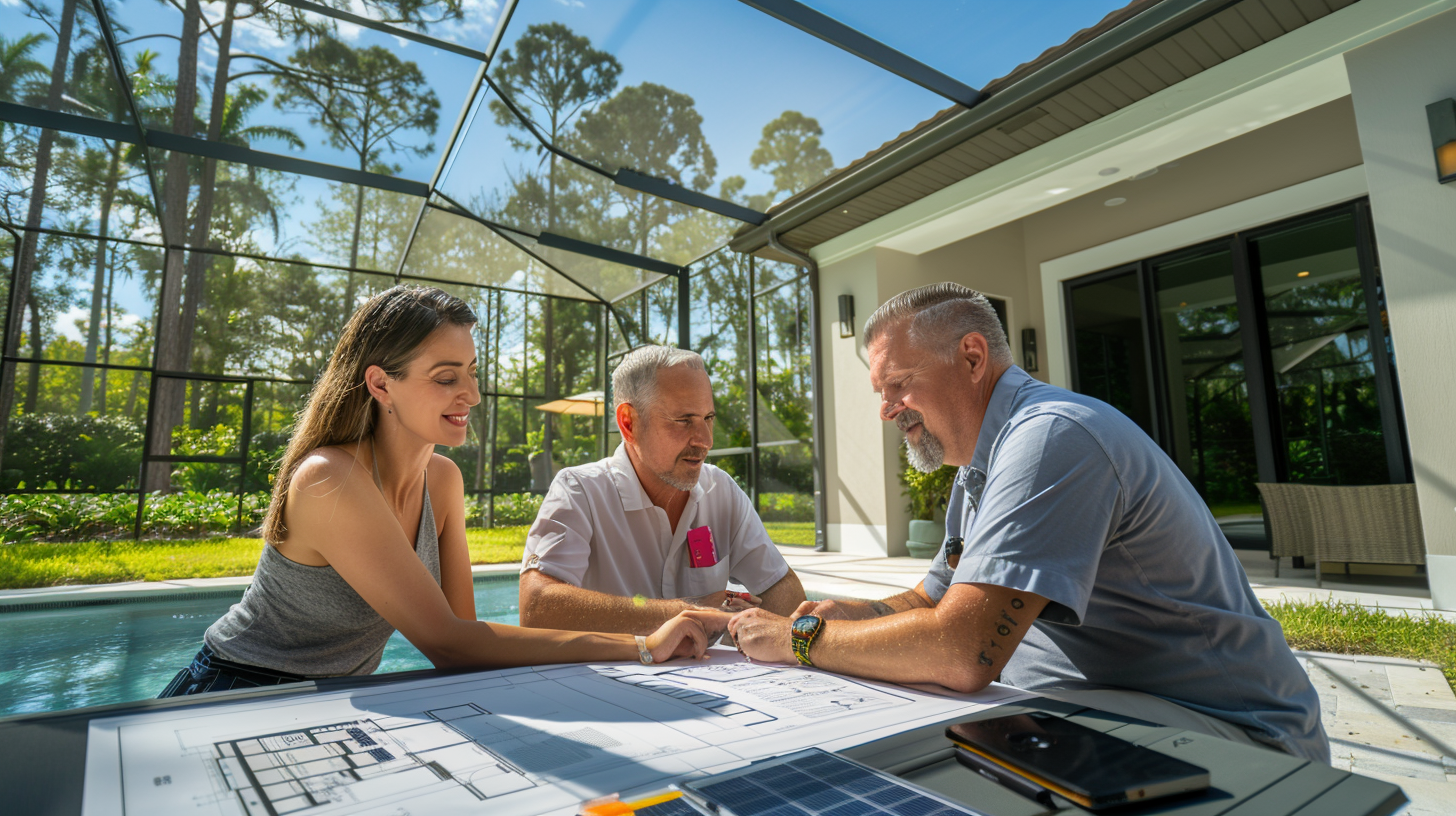
Determine Usable Roof Area
Measure the total square footage of your roof and subtract any areas occupied by obstructions like chimneys or skylights.
Estimate Panel Size and Efficiency
Standard residential solar panels are approximately 65 inches by 39 inches (about 17.5 square feet) and typically produce between 300-400 watts each. The number of panels you can fit depends on both the size of your roof and the efficiency of the panels.
Factor in Spacing and Layout
Panels need to be spaced to allow for maintenance and ventilation. The layout will also depend on the shape and pitch of your roof. On average, you can expect to fit around 18-22 panels per 1,000 square feet of roof space.
Maximizing Solar Output in Florida
Florida's sunny climate is ideal for solar energy, but maximizing your system's output requires careful planning. Consider the following tips to optimize your solar installation:
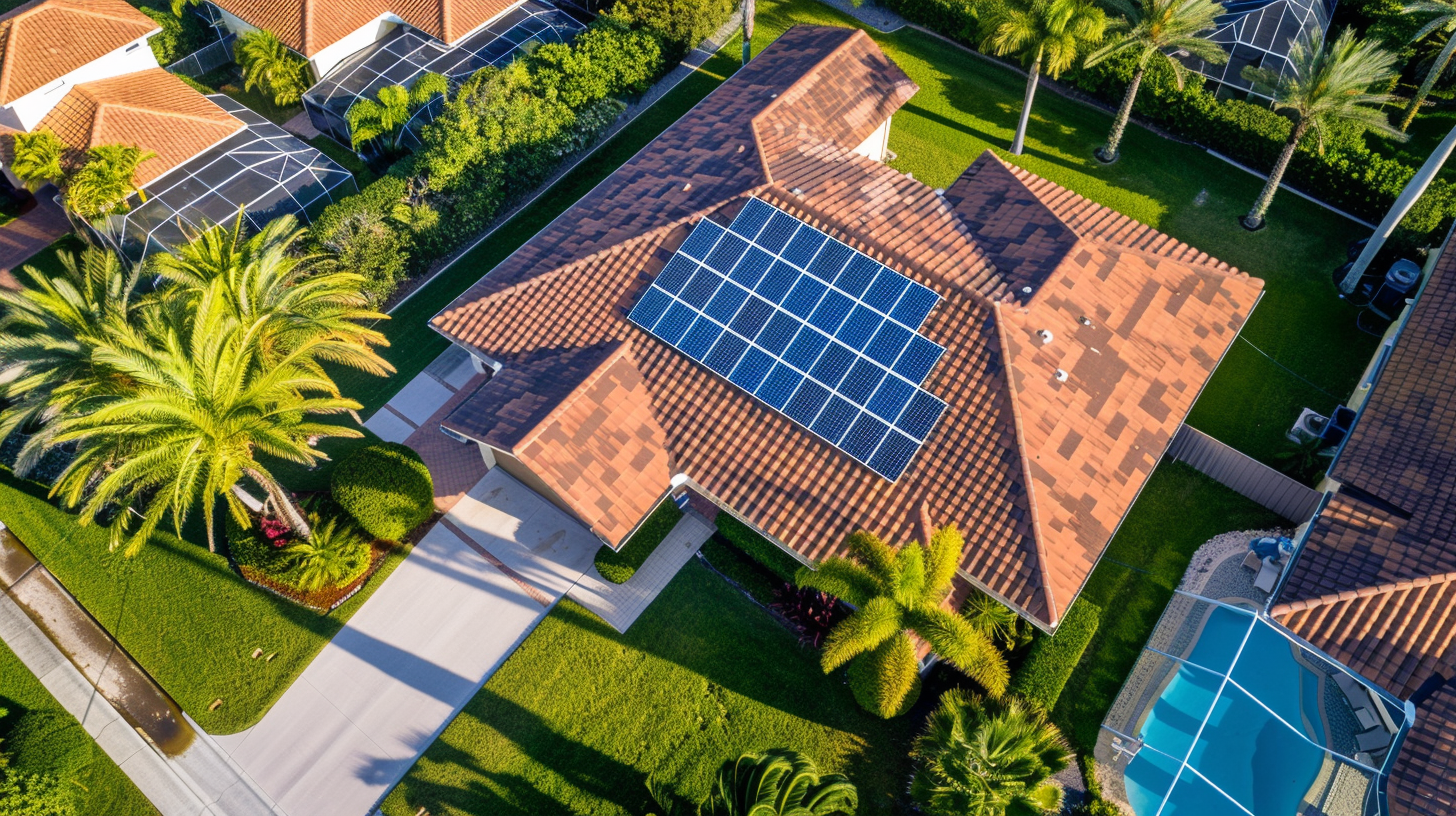
Use High-Efficiency Panels
High-efficiency panels generate more electricity per square foot, allowing you to maximize energy production even on smaller roofs. Brands offer panels with efficiency rates above 20%, ideal for Florida's sunny conditions.
Invest in a Battery Storage System
Battery storage allows you to store excess energy generated during the day for use at night or during cloudy periods. This can further reduce your reliance on the grid and enhance your energy independence.
Leverage Federal and State Incentives
Florida homeowners can take advantage of various incentives, including the federal Investment Tax Credit (ITC) and state-specific rebates. These incentives can significantly reduce the cost of your solar installation, making it more affordable to maximize your roof space with solar panels.
Case Study: Florida Homeowners Going Solar
Let's take a closer look at a case study of a typical Florida homeowner who decided to electrify their home with rooftop solar. The homeowner had a 2,500-square-foot roof with minor shading from nearby trees. After a thorough assessment, they opted for a 7 kW system comprising 20 high-efficiency panels.
The result? The homeowner was able to offset 85% of their annual electricity usage, leading to significant savings on their energy bills and a reduction in their carbon footprint. With the addition of battery storage, they now enjoy greater energy independence and peace of mind during Florida's frequent storms.

See How Many Solar Panels Your Roof Can Fit
Determining how many solar panels your roof can fit is a critical step in your journey toward energy independence. By understanding your roof's potential, choosing the right panels, and optimizing your system for Florida's unique climate, you can elevate your home's energy efficiency and empower yourself with sustainable, cost-effective energy.
Ready to see how many solar panels your roof can fit? Click here to get your free estimate.
Start Your Soligo Solar Project
Join The Solar Revolution!
Is your roof ready for a day job? Transform your empty roof into a solar powerhouse today!
Join the Conversation
Make Your Voice Matter
Engage with us on social media and be part of the discussion that’s shaping a sustainable future. We're not just a company; we're a movement. With over a decade of industry expertise, our leadership team is committed to integrity, innovation, and global impact. Join us on this journey as we empower homes across America with the sun!
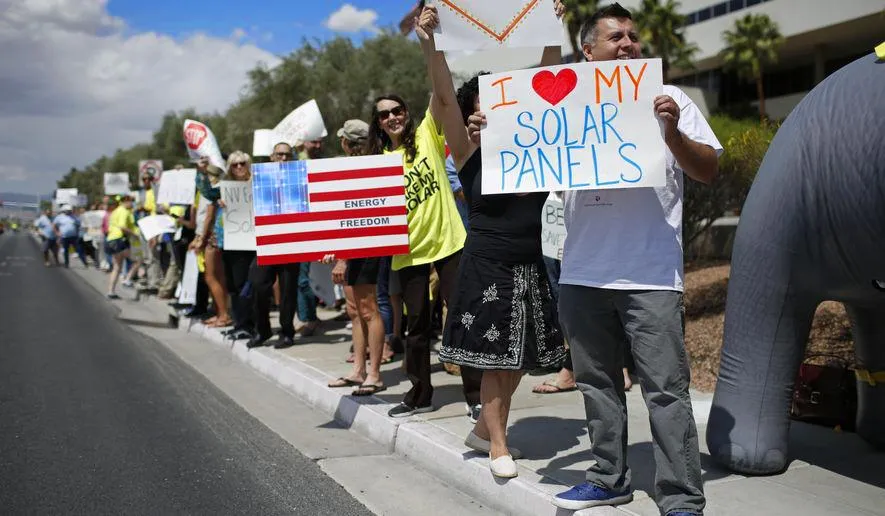
Soligo Newsletter
Subscribe For Breaking Solar News
Get updated about the most recent trends
and hacks for your solar system.

